Renowned as “Red Gold,” saffron is the most expensive spice globally; sometimes, the price is even higher than gold. This bittersweet spice with a honey-like aroma is one of Tamr Henna’s luxury ingredients.
Our article will take you on a journey through Saffron’s storied past and tell you what lies ahead for this valuable spice.
The vibrant spice from the dried stigmas of the saffron crocus flower (Crocus Sativus) is considered from the lily family. A crocus flower is often seen as a symbol of joy and happiness, as it brings color back to the landscape after a long, gloomy winter.
The aroma of saffron is unique, floral, warm, and along with its fragrant scent and delicious taste, Saffron’s rich color makes it an ideal dye that has led to much use in ancestral cosmetics. Throughout history, healers have also valued saffron medicine as a remedy.
Much of this glamorous derives from several fabulous myths and legends regarding its origin. No one knows precisely when and where its human cultivation and use started. Since its discovery in ancient times, it has become one of the foremost spice legends of the world.
It may have been first cultivated near Persia, then spread via trade routes to other areas, Eurasia, North America, and North Africa such as in Morocco, where it was most likely introduced by the 9th century.
The Minoans in Ancient Greece
Mural paintings dated 3000-5000 years old are documented, indicating that saffron was a staple in Minoan life. The painting murals of a woman using the spice to treat a foot wound, saffron flowers being plucked by girls and monkeys on the Aegean Island of Santorini, Greece.
Minoans also used saffron to dye their woolen bolero, used to make cosmetics, such as lipstick, by mixing it with red ochre and beeswax.
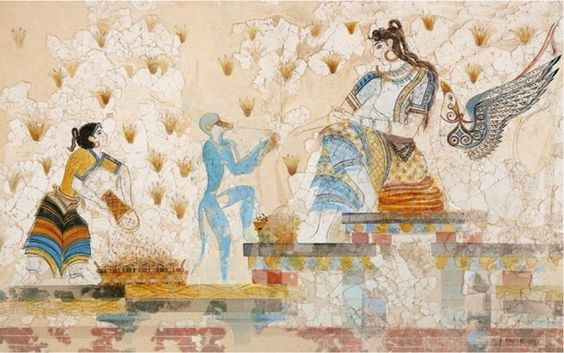
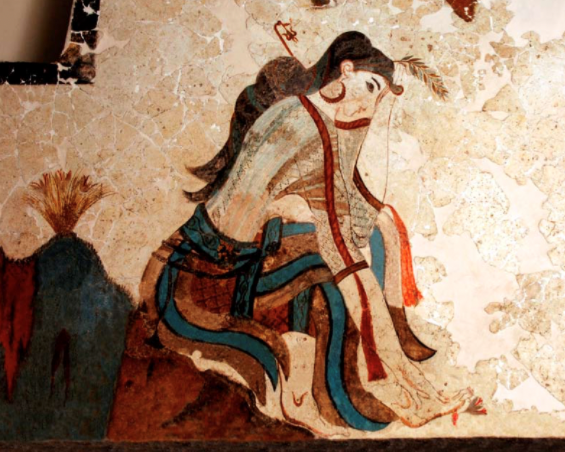
Ancient Iraq
The discovery of saffron pigments in some of the world’s oldest paintings has been made through chemical analysis of cave paintings in Iraq. A study of the images found on this site dated them to almost 50,000 years old. This means that people have worked with saffron since the Stone Age.
Ancient Persia
It is known that a variety of Crocus sativus was used in ancient Persia as early as 1000 B.C. The very word “saffron” may derive from the Persian word for the plant zarparan.
Greek-Roman Civilization
Greek mythology mentions saffron.
Some claim that Queen Cleopatra of Egypt bathed in saffron-infused mare’s milk before meeting her suitor because she believed in saffron’s cosmetic and aphrodisiac properties!
Harvesting Saffron
Saffron blossoms for only one week each year. In mid-to late-autumn, saffron crocus flowers are ready for harvesting. A single flower produces three stigmas. Saffron crocus flowers are exceptionally delicate. To avoid damage from direct sunlight, flowers must be harvested by hand before or immediately after sunrise.
Upon harvesting the flowers, the stigmas must be plucked and dried for around 12 hours. To make 1 kilogram of saffron spice, 15,000-16,000 flowers are required. Saffron production takes 370–470 hours of labor! Saffron’s high price is due to its labor-intensive harvesting process, along with its benefits for wellness and well-being.

Saffron Benefits for The Skin
As per numerous studies, various skin-friendly properties are found in saffron. It contains an active compound called crocin, a potent antioxidant and protects skin against premature aging. It also fights inflammation, supports wound healing, and reduces hyperpigmentation. Saffron brightens, calms, and protects the skin without any harsh side effects.
Saffron in Moroccan Cosmetics
Morocco is the fourth largest saffron producer in the world. Its importance extends not only to economics but also to planting, the environment, and society. During the harvesting and pruning of this crop, a large number of women are mobilized.
The use of saffron in Moroccan cosmetics has recently gained renewed popularity. Additionally, to its well-described and widespread antioxidant properties, saffron presents a number of cosmetic benefits, such as its anti-sun, anti-pigmentation, and anti-aging properties. It could also be used as a pigment or perfume.

The world’s most expensive spice is an exceptional treasure harvested through the careful process to deliver the best saffron that humans can benefit from for health and well-being are unquestionably valuable.
As saffron flowers are often viewed as symbols of cheer and happiness, Tamr Henna wants to bring delight and joy to our customers by working in harmony with nature. Discover our products infused with natural ingredients like saffron that nourishes our skin, body, mind, and spirits.
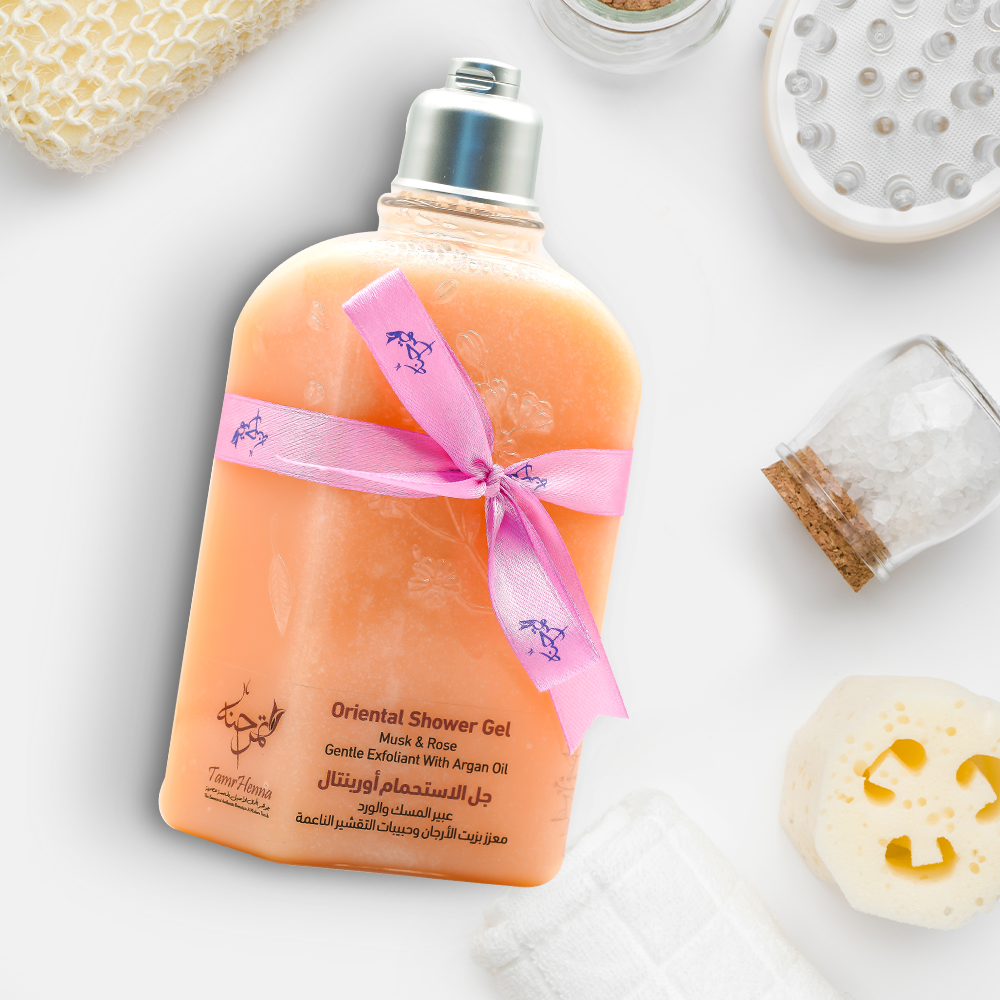
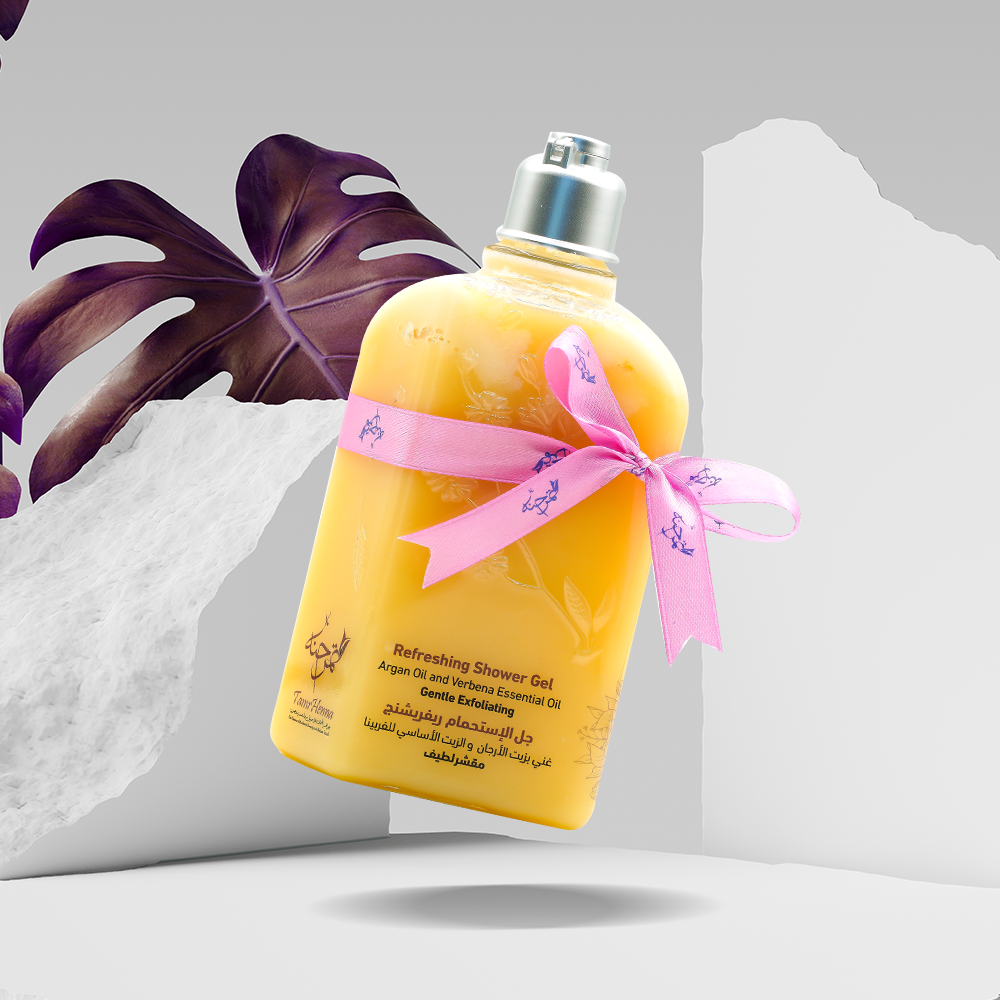
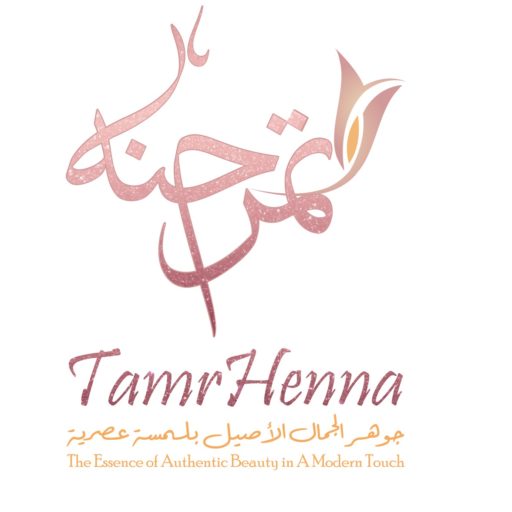
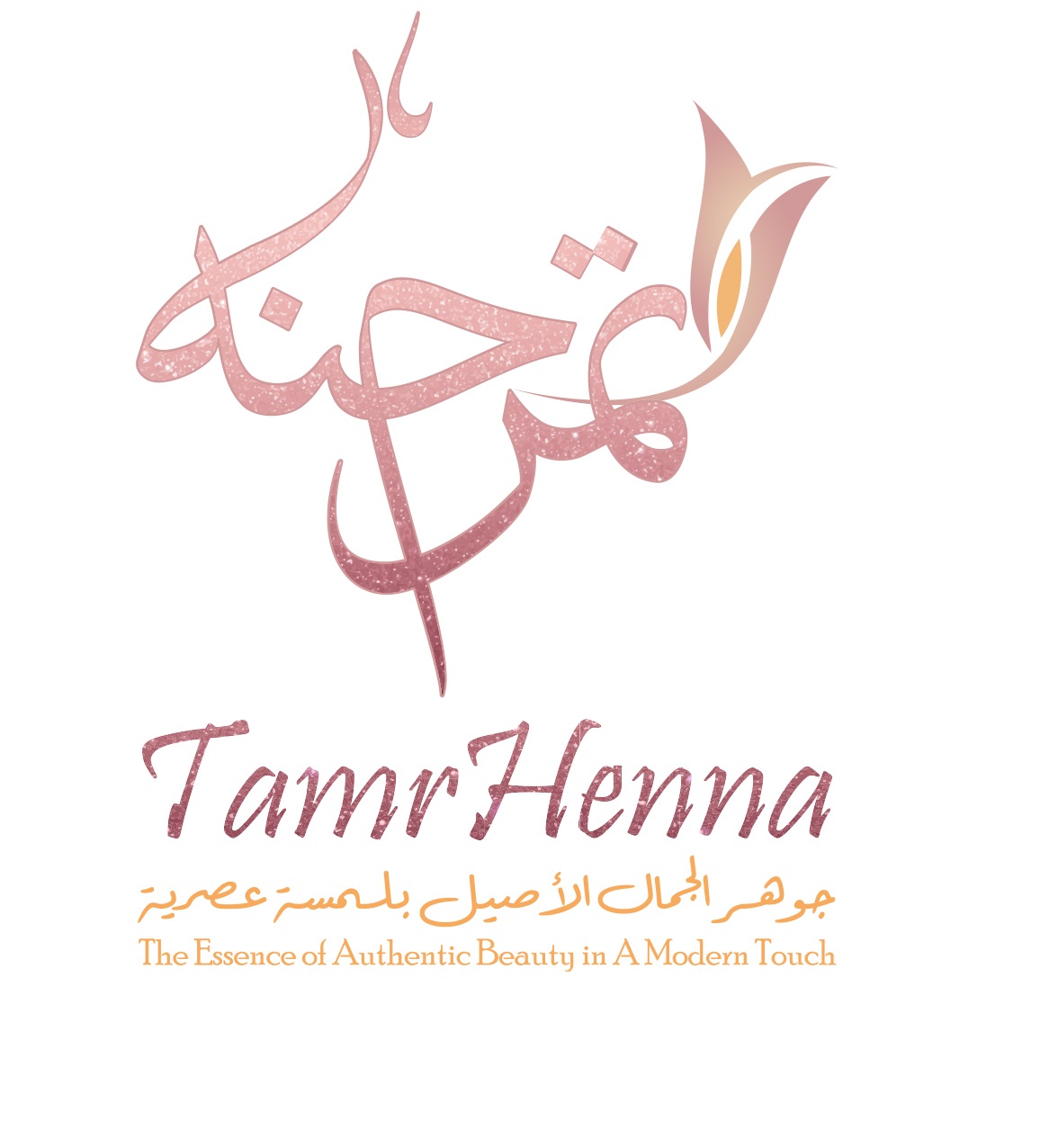
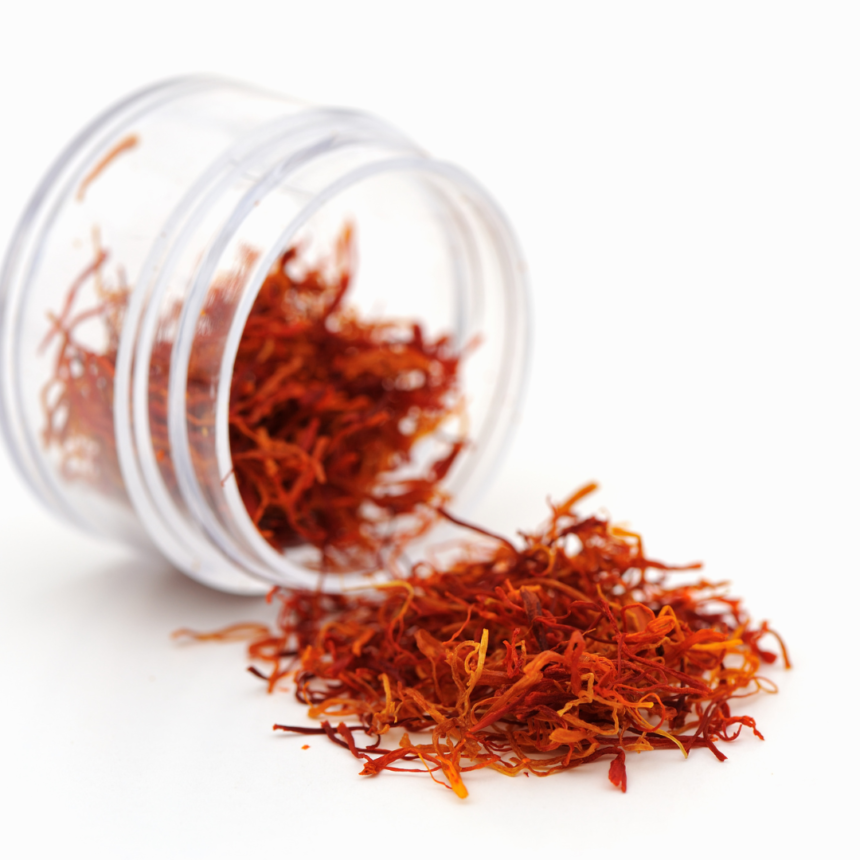
Leave a Reply